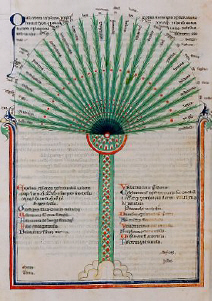According to some, the contemplative life as an ideal is a tradition going back to Pythagoras (see Cicero, Tusc. V, 3, 8—9 and D.L. VIII, 8), but the authority is a later Academic and so the ideal may be no older than Plato who gives a digressive sketch of such a life in Theaet. 173c-175d, and identifies the highest type of human activity with the contemplation of the Good (Rep. 540a—c) and the Beautiful (Symp. 210b—212a). The theme appears early in Aristotle (Protrepticus, fr. 6), and reaches its fullest development in his discussion of the contemplative life in Eth. Nich. X, 1177a—1179a. It is the chief activity of the Prime Mover in Aristotle (Meta. 1072b; see noûs 10), and of the soul in Plotinus (Enn. VI, 9, 8), but in a much more extended fashion than Aristotle had ever envisioned (see Enn. III, 8, 2—7). For Plotinus activity (praxis) is a debased form of contemplation (see physis), but the later Neoplatonic tradition, probably beginning with Iamblichus (see De myst. II, 11) tended to rank theourgia (see mantike 4—5) above theoria. [TFG]
